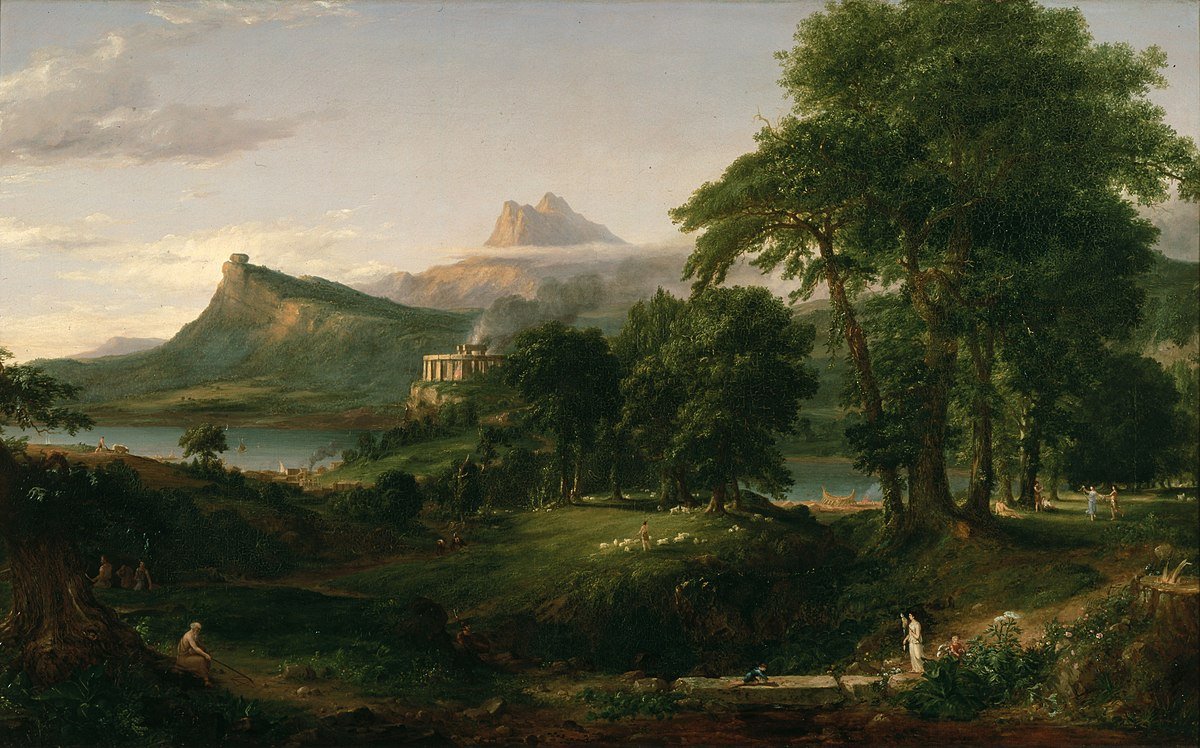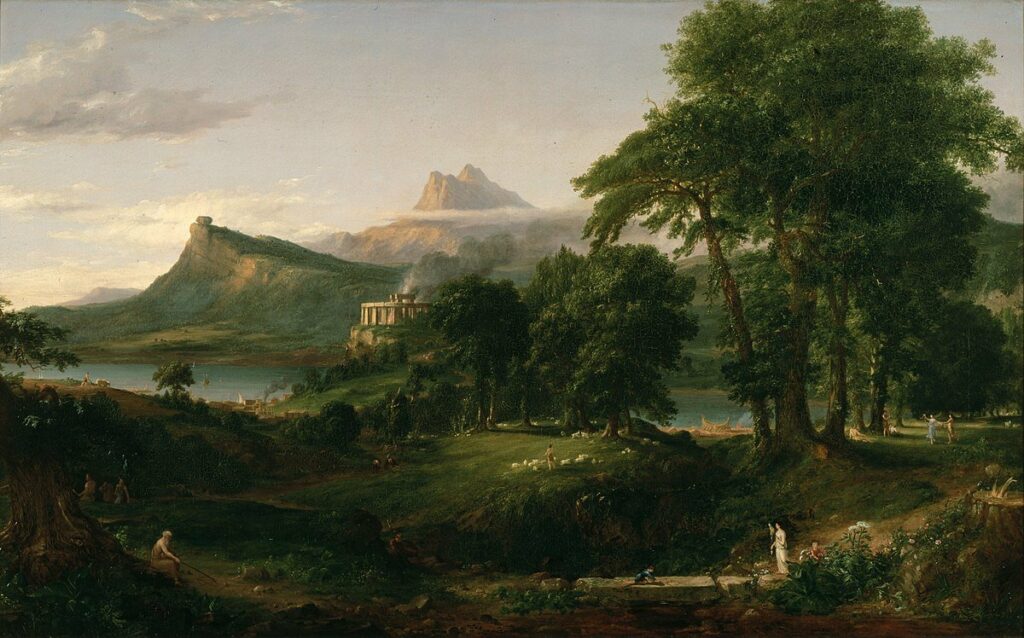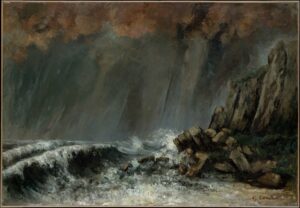
Bright Lights, Big City
The promise of these new and shiny platforms, with their seemingly bottomless well of attention (or inattention, as the case may be) stood out like a shining city on a hill, calling to the poor disconnected pastoral communities.
The evolution of social media has a parallel in the development of cities. In 1917, Oswald Spengler supposed in The Decline of the West that “world history is city history.”
As humans began to congregate in cities, they built an infrastructure to support the growing populace. As the infrastructure grew, so too did the population and so did the complexity. According to the U.S. Census Bureau, approximately 83 percent of Americans live in cities.
Ultimately, the rise of the city destroyed the smaller nomadic lifestyle of our ancestors, where groups were more tight-knit and looked out for another. The anonymity of city life meant people could be born, live, and die in the city and fewer people than ever might care.
Spengler calls out how urban life is different from the pastoral:
“The country town confirms the country, is an intensification of the picture of the country. It is the late city that first defies the land, contradicts nature, and the lines of its silhouette, denies all nature. It wants to be something different from and higher than nature. These high-pitched gables, these baroque, cupolas, spires, and pinnacles, neither are, nor desire to be, related with anything in nature.”
Size Matters
Remember the early days of any social network? It was a fun, smaller community where you knew many of the inhabitants and it truly felt like a town square.
But over time, the social platforms grow into large, cold, algorithmically-driven behemoths, with wide swaths of the public that are unknown to us.
Spengler accompanies us through the ugly evolution of the city:
“Now the old mature cities with their Gothic nucleus of cathedral, town halls, and high-gabled streets, with their old walls, towers, and gates, ringed about by the baroque growth of brighter and more elegant patricians’ houses, palaces, and hall churches, begin to overflow in all directions in formless masses, to eat into the decaying countryside with their multiplied barrack tenements and utility buildings, and to destroy the noble aspect of the old time by clearances and rebuildings.”
“Looking down from one of the old towers upon the sea of houses, we perceive in this petrification of a historic being the exact epoch that marks the end of organic growth and the beginning of an inorganic and therefore unrestrained process of agglomerations. And now, too, appears that artificial, mathematical, utterly land-alien product of a pure intellectual satisfaction in the appropriate, the city of the city architect.”
Isn’t this what has happened with the ever-growing social networks? They’ve taken us away from the cozy, caring communities that we came from.
And we’re stuck there because it’s convenient and easy. Just like in the city, where there’s a bodega on every corner, the subway is just a few blocks away, and restaurants are open all hours.
It’s too difficult to leave.









